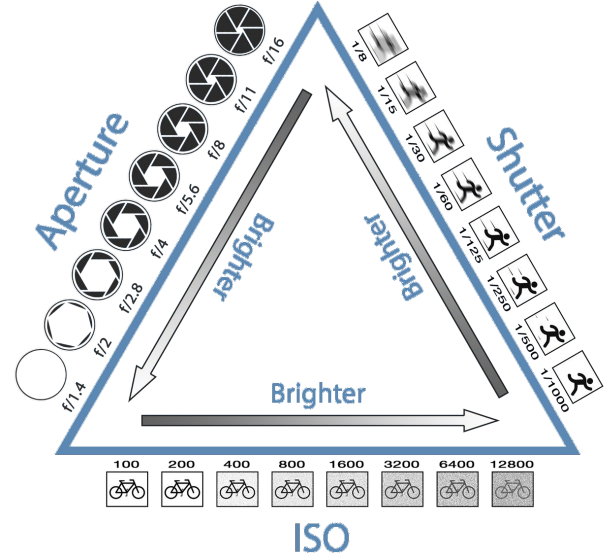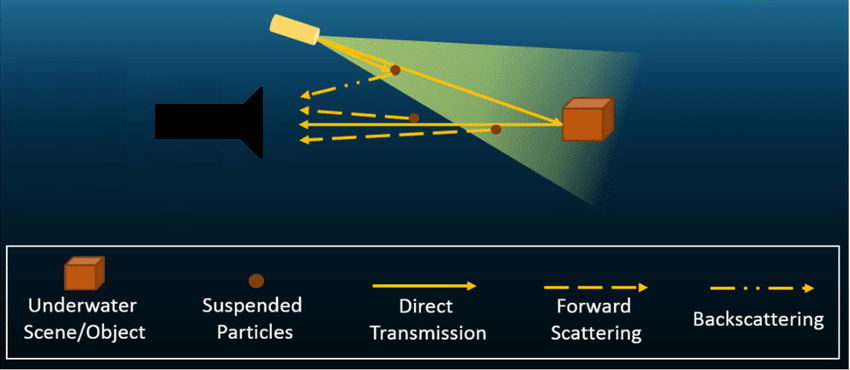Before you use a Subsea Camera
Before you use your camera, it is important to get familiar with some standard terminology as well as precautions and maintenance guidelines.
Precautions and Maintenance - please review this section prior to the operation of your equipment: Subsea Equipment Precautions and Maintenance
Datasheets and Quick Start Guides - before you connect your camera to the system, review the datasheet for your model and ensure the wiring is correct. It is also a good idea to set up and bench-test the camera to ensure it is working how you expect. That is a good time to get familiar with the product before you do your next survey or inspection. Rayfin Hardware, Quick-Starts, and Packaging
Photography Guide - Getting a great underwater shot can be a challenging process. To help our friends and professionals in the underwater photography and video space, we’ve created a guide to assist with background knowledge and terminology for operating cameras. It covers topics such as the Three Pillars of Photography, Backscatter, why the pros use lasers, and more.

See GUIDE TO SUBSEA PHOTOGRAPHY on our Help Center or Download the PDF version
Bulkhead and connector lubricant - When connecting the cables to the equipment, use o-ring lubricant. Greasing Connectors
Mounting - The camera, LED, and laser should be attached to a solid mounting point with either stainless steel hose clamps or a machined clamp. In between the mount point and the equipment, use some neoprene rubber, electrical tape, or similar insulation material to prevent corrosion and add vibration dampening. For more info on ROV vibrations: Troubleshooting - Vibration dampening on ROV systems.
Backscatter and LED positioning - To limit particle backscatter, the LED should be positioned as far away from the camera as possible in the system while also angling the light so that there is sufficient overlap. For more info, see the photography guide, page 9.

